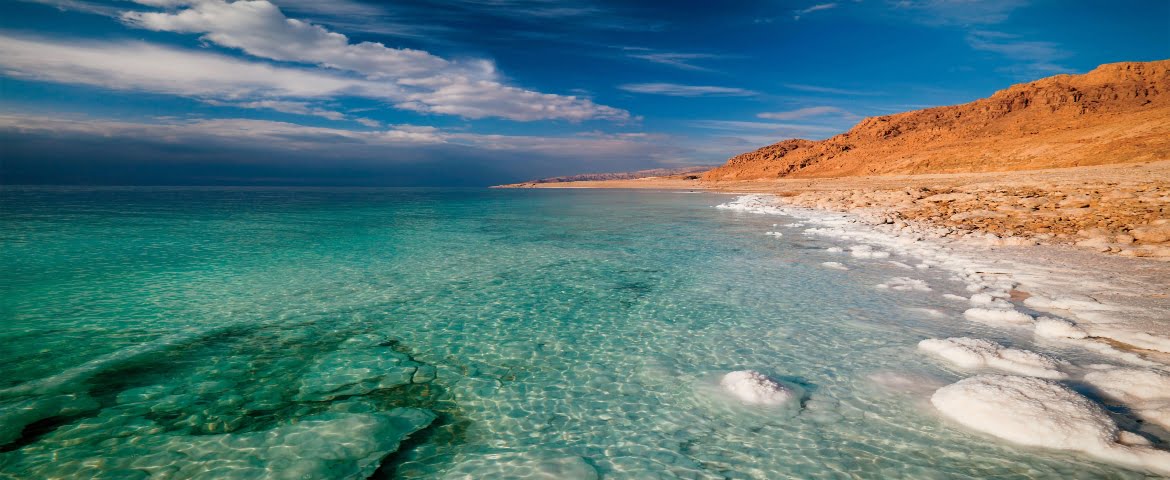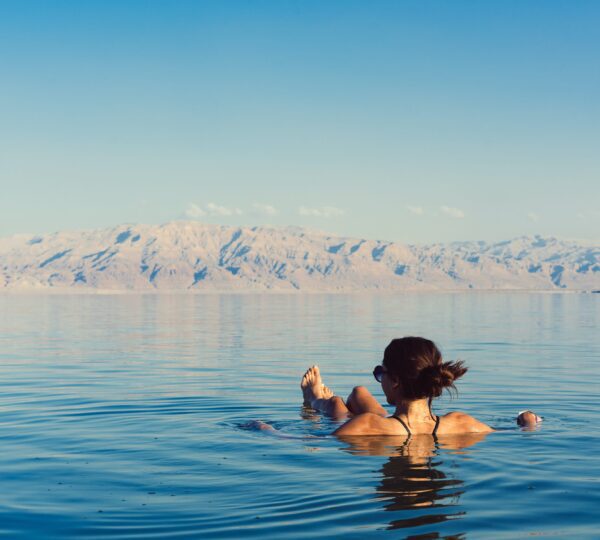
We present the Dead Sea
It is an unparalleled wonder of the world: the lowest exposed spot on Earth, its therapeutic waters are so full of salt that bathers float right to the top. This natural spa is a source of rich minerals used by the ancient Egyptians for mummification, and fabled to be the biblical site of Sodom and Gomorrah. But today the Dead Sea is dying, and its banks are collapsing. The water level is dropping close to 4 feet every year. The main part of the lake is now around 950 feet deep — about 15% shallower, and a third of the surface area, compared to its shape half a century ago.

Physiography and geology
The Dead Sea is situated between the hills of Judaea to the west and the Transjordanian plateaus to the east. Before the water level began dropping, the lake was some 50 miles (80 km) long, attained a maximum width of 11 miles (18 km), and had a surface area of about 394 square miles (1,020 square km). The peninsula of Al-Lisān (Arabic: “The Tongue”) divided the lake on its eastern side into two unequal basins: the northern basin encompassed about three-fourths of the lake’s total surface area and reached a depth of 1,300 feet (400 metres), and the southern basin was smaller and considerably shallower, less than 10 feet (3 metres) deep on average. During biblical times and until the 8th century CE, only the area around the northern basin was inhabited, and the lake was slightly lower than its present-day level. It rose to its highest level, 1,275 feet (389 metres) below sea level, in 1896 but receded again after 1935, stabilizing at about 1,300 feet (400 metres) below sea level for several





